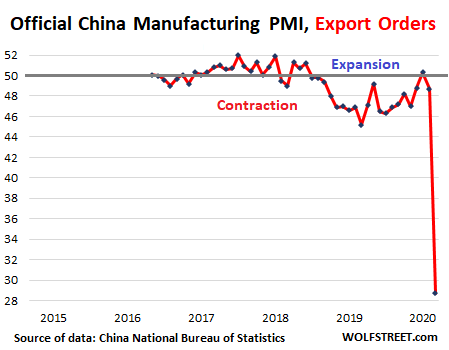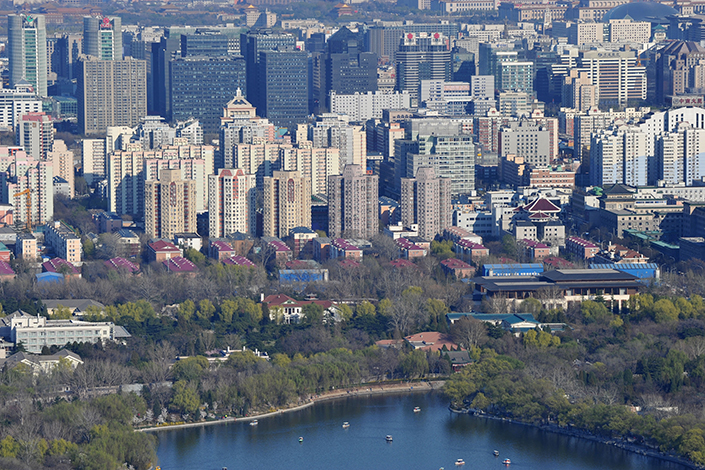The PRC leadership is tied for time to solve problems related with investors fleeing the country and worsening the global situation. In the short term, China is expected to make new steps in the geo-economic sphere.
Leading Western companies are relocating their production facilities from China. This tendency could be observed back in 2019-2019 when the trade war between China and the United States experienced an active phase. Now the situation for Beijing has worsened. COVID-19 and the global economy model modification hit investment flow in China even more.
In the first two months of the current year, foreign direct investment decreased by 8.6% in comparison with the same period last year. The situation is catalyzed by the worsening image of China and the Western countries’ claims to official Beijing that are unlikely to end with massive lawsuits. It means that the trend will remain and it is high time to answer the question, ‘What consequences should one expect?’
Neighbors benefit. China’s neighbors are already taking steps to attract investors leaving China. This is a good strategy, especially given the current high level of fight for foreign investments.
First of all, we mean India. According to Bloomberg, Indian government plans to provide land (whose total area nearly doubles the size of the state of Luxembourg) in order to attract foreign investors. It says about creating attractive investment sites in the states of Gujarat, Maharashtra, Tamil Nadu and Andhra Pradesh. At the same time, as the Indian newspaper ‘The Economic Times’ informs, Apple intends to relocate about 20% of smartphone production from China to India.

The second beneficiary is Vietnam. According to CNBC, Google, Microsoft and Apple are planning to relocate their facilities from China to Vietnam. We mean the production of both individual products and a wide range of products.
Japan, one more China’s neighbor, is also trying to benefit from the situation by moving its investors’ productive facilities back to stimulate the national economy. Tokyo has already allocated 243.5 billion yen from its record economic support package to help manufacturers relocate production capacities from China. The additional budget that was drawn up to compensate for the pandemic devastating effects allocates 220 billion yen for companies moving the facilities back to Japan and 23.5 billion yen for the companies seeking to relocate production capacities to other countries.
Based on our estimates, Malaysia, Thailand, the Philippines, Indonesia, Taiwan, and Mexico will also play seriously in the race for investors who leave China now. Moreover, the negotiations on attracting the investments are being also held in Eastern Europe. These plans are unlikely to be implemented by local national governments.
China’s economic strategy changing. In light of the current situation Beijing will have to change its strategy globally. China has several options here.
First of all, domestic market and consumption stimulation. The step is logical but ineffective. Beijing has already used this tool and has virtually exhausted its capabilities. Amid unemployment rise and personal income decline this tool can hardly be used as a panacea.
Secondly, the increase of Chinese private foreign investment in the back-end production segment and Chinese industries’ deep integration in the chain of component parts manufacture. This strategy is already being partially implemented, and now it is high time to speed up to achieve the effect. However, it is worthwhile noting that China may face many problems in its relations with investors abroad if the current anti-Chinese trend among the West continues.
Third, flood of third-world markets with cheap products and squeeze of competitors. In recent years China has been actively strengthening its position in Africa and Asia. Now it is the time to reap the benefits both from raw materials and trade activity. Chosen this strategy, many Chinese productive facilities will return to manufacture of extremely low-quality goods focused mainly on the mentioned above countries. Following this strategy the trade contacts with Russia and the countries of Central Asia are likely to intensify.
The specter of a political crisis. Investors’ flight, impoverishment of the middle class in China, consumption level reduction and industry fall expose conflicts between the Chinese elites. As for now the ruling clan has little time to take foreign economic measures effectively to smooth the waters since discontent among the regional elites is explosive. So far, a systemic political crisis in China seems unlikely. However, if the economic situation keeps worsening it can come on.




